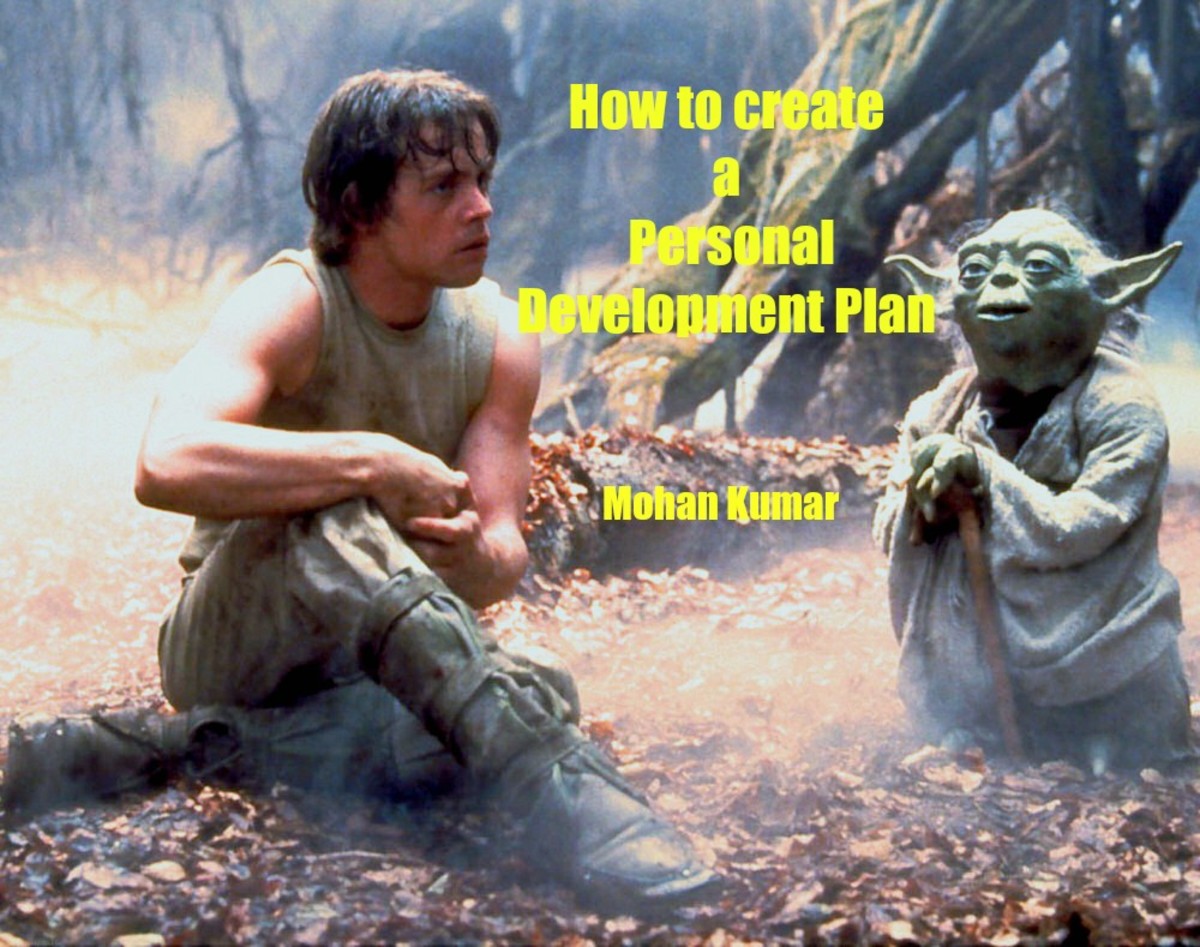Employing Gen Y in the Workplace

Introduction
Many organisations are worried about the turnover rate in their business. The Call Centre industry inAustraliais no exception. A part of the business that I manage includes a call centre were the turnover rate per annum was running at 15% per annum. According to the 2008 Australian Contact Centre Benchmarking Study (Tusing 2008) the average staff turnover is 49% across the industry, up from 35% in 2007. While my Call Cente turnover rate is low against industry standards, it is high for the organisation as a whole which has averaged a turnover rate of just 3%.
However, four years on since an initial review and change to the system, the staff turnover rate remains at 15% even though the recruitment process has changed.
Reflect and Analyse
In the Call Centre a number of Human Resource Management strategies were reviewed and changed during 2006 in response to the high staff turnover rate. The changes included:
- HR employment planning was introduced for replacement staff to ensure that the Call Centre had the right level of staff to attain key KPIs over a rolling 6 month period.
- Behavioural interviews commenced with assessment centres to ensure the candidates had the right skills and cultural fit.
- The introduction of a thorough performance management program based upon the process to complete work (mainly in relation to insurance financial services regulations), KPIs and sales performance as describe in Aguinis & Pierce (2008, pp.139-140).
- Commencement of a continuous improvement program through a management of objectives (MBO) performance review process. MBO was recently reviewed by Jarari, Bourouni and Amiri (2009, p.97) as the most effective method of performance review.
Even though these strategies were implemented the turnover rate remained at 15%. In further analysis there are concerns specifically in the areas of recruitment cross-generationally, strategic planning and how managers and team leaders are trained to manage people of different generations.
For the RCC the recruitment program is similar each time the centre goes to market for staff:
- Advertise on seek, the website and the local paper
- Screen application
- Telephone screen
- Application form completion
- Assessment centre – tests & interview
- Reference checking
- Rating and scoring
- Final selection
- Medical & police check
- Placement and induction/training
This process is similar to the one describe in Stone (2008, pp. 247) using a successive hurdle approach. However there is a gap in that this process is undertaken for all recruitment, regardless of generational considerations. In a critical review the break down in the process revolves around the assessment centre stage. The organisation does use diverse mediums to attract candidates from all generations as seen above (Stone, 2008, pp.209-10), however the assessment centre process doesn’t cater for all generations.
Assessment centres work well for Gen X & Y candidates as these generations enjoy group activities and have a tendency to reach consensus more quickly than other generations (McCrindle, 2007, pg.2). McCrindle stated in his 2007 paper on diversity (p.4) that younger generations also want to be spontaneous and interactive whereas older generations want a formal, quiet atmosphere. Therefore in the group activity of an assessment centre, younger generations will perform better than older generations, whereas the formal interview section would better suit an older demographic. In order for older generational candidates to progress in the interview process there may be a need for alternate assessment.
It follows that if the recruitment process is skewed towards a younger generation, then younger people will be more successful at the interview because they are comfortable with the process. This is true at the organisation with over 80% of recruits being under 40.
By employing more Gen X & Y staff through the recruitment process, this then affects the strategic planning of the organisation. Stone (2008, p.9) says that the HRM process should be at the heart of the business in terms of strategic planning and shaping the future of the business. But at the organisation the changes to the recruitment process has been driven by the line managers who are looking towards a 6-12 month time horizon, not the long term future of the business. According to Stone (2008, p.55) “this is a common mistake”. Clearly as a part of the strategic HRM and future planning of the business (Chermack & Swanson, 2008, p.4) HR needs to have more involvement in shaping the recruitment process. This would include assisting the Call Centre line managers in recruiting (Fernandez-Araoz et al, 2009, p.77) for both the short term need of immediate sales and the longer term needs of future managers and skills throughout the greater organisation.
If the organisations strategic plan is to continue to employee younger generations there is a need to understand that the number one reason that Gen X & Y join an organisation is for training opportunities (McCrindle, 2007, p.4). Salary is listed 6th in importance. The Call Centre offers an excellent sales coaching program of four calls per month, access to an experienced sales coach and annual sales training updates that is integrated into the normal work routine (Frank & Taylor, 2004, p.35). This is the limit for most employees. Stone (2008, p.360) says that there is a need to continue to develop staff for future roles as a part of Human Resources Planning, to have the right person at the right time. This also engages with the staff member and will help to retain them in the business if they are being trained (McCrindle, 2006, p.21) and developed for future roles (Frank & Taylor, 2004, p.35).
Following from HR planning and staff development there is also a need to review the capability and experience of the Call Centre managers. All the managers in the Call Centre are from Generation X & Y with limited experience of leadership and managing across generations. Fernandez-Araoz et al (2009, p.83) say that it is known that 60-75% of staff leave their job due to their manager and this could be due to this limited inter-generational experience. These young managers are expected to manage cross-generationally and may have little experience in how to handle this diversity (McDermott, 2001, p.44). Therefore, these leaders require training in how “…to effectively communicate, motivate and lead intergenerational team.” (McCrindle, 2007, p.2).
Improvement Plan
In 2007 McCrindle (p.9) said that you can expect to have lower retention rates from younger staff. To improve the turnover rate the organisation needs to assist the Call Centre by commencing strategic HR planning. This, however, is the fundamental flaw at the organisation that needs to be resolved first. HR is not yet a full strategic partner in the business. Lawler & Mohrman (2003, pp.20-21) believe that most of the planning, department design and development is being driven by line managers and not by HR. This certainly is the case at this organisation. This needs to change as HR is now on the Executive Team and has the opportunity to influence strategy (Stone, 2008, p.16; Lawler & Mohrman, 2003, p.28) but so far this remains undemonstrated. If staff retention rates are to increase for the companyy as a whole and particularly for the Call Centre, there needs to be more involvement from HR on staff planning strategies (Lawler & Mohrman, 2003, p.28). This is a roadblock as line managers are unable to influence HR strategy.
Once strategic HR planning is developed, this will allow for changes to the assessment centre process. This will allow trialling alternate interview techniques including a structured interview using behavioural techniques and testing (Stone, 2008, pp.255-7) or a modified assessment centre substituting the group activity with an individual activity. The benchmark would be the March 2009 assessment centre. On the basis of these tests over the next 24 months the Call Centre can discover the best system that delivers the best quality candidates regardless of generation. The only potential roadblock is that the alternate methods do not deliver strong results and therefore there would be a tendency for the line managers to discontinue the trial to revert back to previous methods. There would need to be agreement from the outset that the trial would be for 24 months and that there will be no deviation.
If the plan is to continue recruiting younger staff then extra resources in L&D will be required to increase retention (McCrindle, 2006, p.21). The roadblock is that L&D funding is limited and normally allocated for job relevant training such as sales. Therefore there is a limitation to address this aspect of retention. Instead a mentoring program for future stars with senior managers (Stone, 2008, p.401-402) and a quarterly training ‘meeting’ with in house experts covering management development skills will be developed during 2009-10.
Also, significant training and resources needs to be invested in training the Gen X & Y managers on how to lead intergenerational teams (McCrindle, 2005, p.2). To increase the skill level in the managers there needs to be specific generational training sessions coupled with mentoring and coaching (McDermott, 2001, p.45). Planning is underway for training and coaching Call Centre managers from February 2010.
With these methods of strategic HR planning, a revised assessment centre and training of line managers, the Call Centre will aim to reduce the turnover rate from 15% to 12% during 2009/10. Measurements can also be refined by reviewing the performance of each manager to determine a benchmark of best practise or development opportunities (Fernandez-Araoz et al, 2009, p.83; Tobia, 1999, p.15). The turnover rate can then be measured by business units to gauge the impact on loss sales opportunities, downtime and training expenses.








